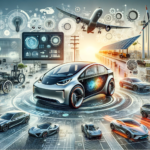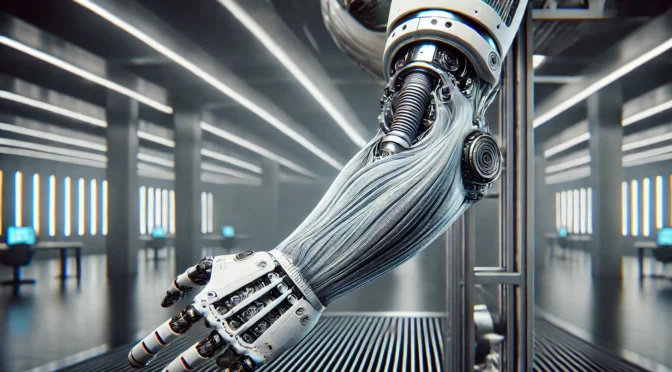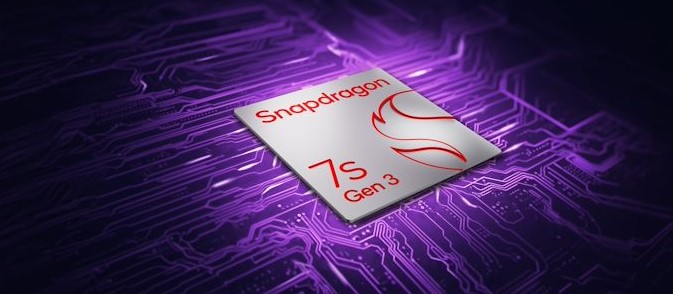[Image by TeX9.net]Navigating the Clouds: Emerging Trends in Cloud Computing
In the evolving landscape of technology, Cloud Computing like Amazons AWS has cemented its position as a cornerstone. By Offering flexibility, scalability, and efficiency, cloud services are reshaping how businesses operate and innovate. Several emerging trends in Cloud Computing promise to accelerate growth, enhance security, and foster new ways of working. This blog post explores these trends, offering insights into how they will shape the future of business and technology.
Hybrid and Multi-Cloud Strategies: The adoption of hybrid and multi-cloud architectures is on the rise. Providing businesses with the best of both worlds. Combining the flexibility and scalability of public clouds with the control and security of private clouds. Organizations are increasingly leveraging multiple cloud providers to avoid vendor lock-in, optimize costs, and enhance business continuity. This approach enables a more resilient and flexible IT infrastructure, critical for adapting to the dynamic market demands.
Serverless Computing: Serverless computing is a paradigm shift from traditional cloud service models. Allowing developers to build and run applications and services without managing servers. This model is powered by the concept of Function as a Service (FaaS). So it automatically manages the allocation and provisioning of computing resources. Therefore it offers significant cost savings and operational efficiencies. And so businesses only pay for the actual compute time of their applications. This makes it an attractive option for startups and enterprises alike.
Enhanced Security and Compliance: With cyber threats becoming more sophisticated, cloud providers are bolstering their security measures. Advanced encryption, identity and access management (IAM), and zero-trust security models are becoming standard features of cloud services. Furthermore, as regulatory requirements evolve, cloud providers are ensuring that their services comply with regional and industry-specific regulations, providing businesses with the tools they need to manage data privacy and compliance effectively.
Sustainability in Cloud Computing
Sustainability is becoming a key consideration in cloud computing. Cloud providers are investing in green data centers, powered by renewable energy, and are optimizing their infrastructure for energy efficiency. This not only helps reduce the carbon footprint but also aligns with the growing demand for environmentally responsible business practices. Companies are increasingly prioritizing sustainability in their cloud selection criteria, reflecting a broader commitment to environmental stewardship.






















